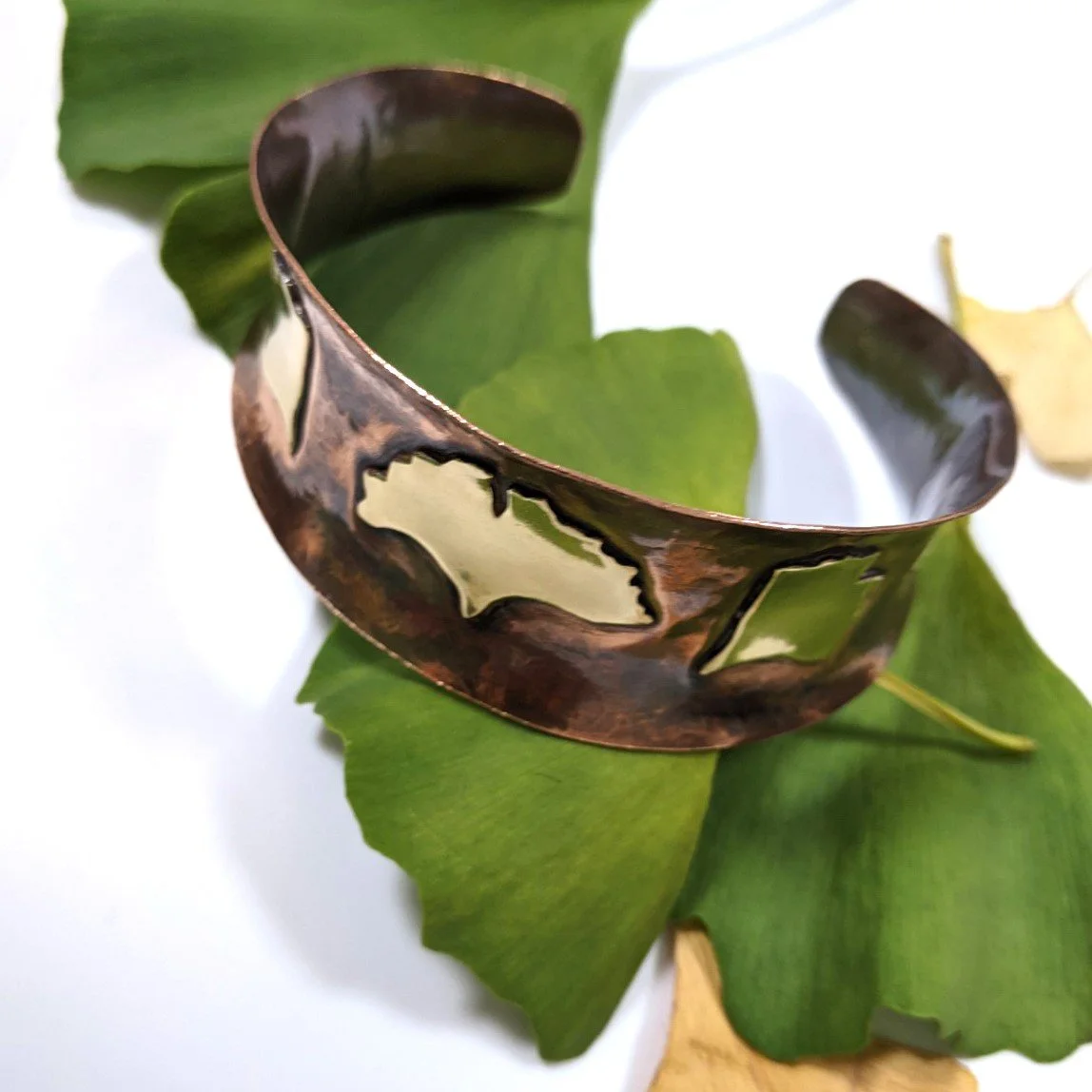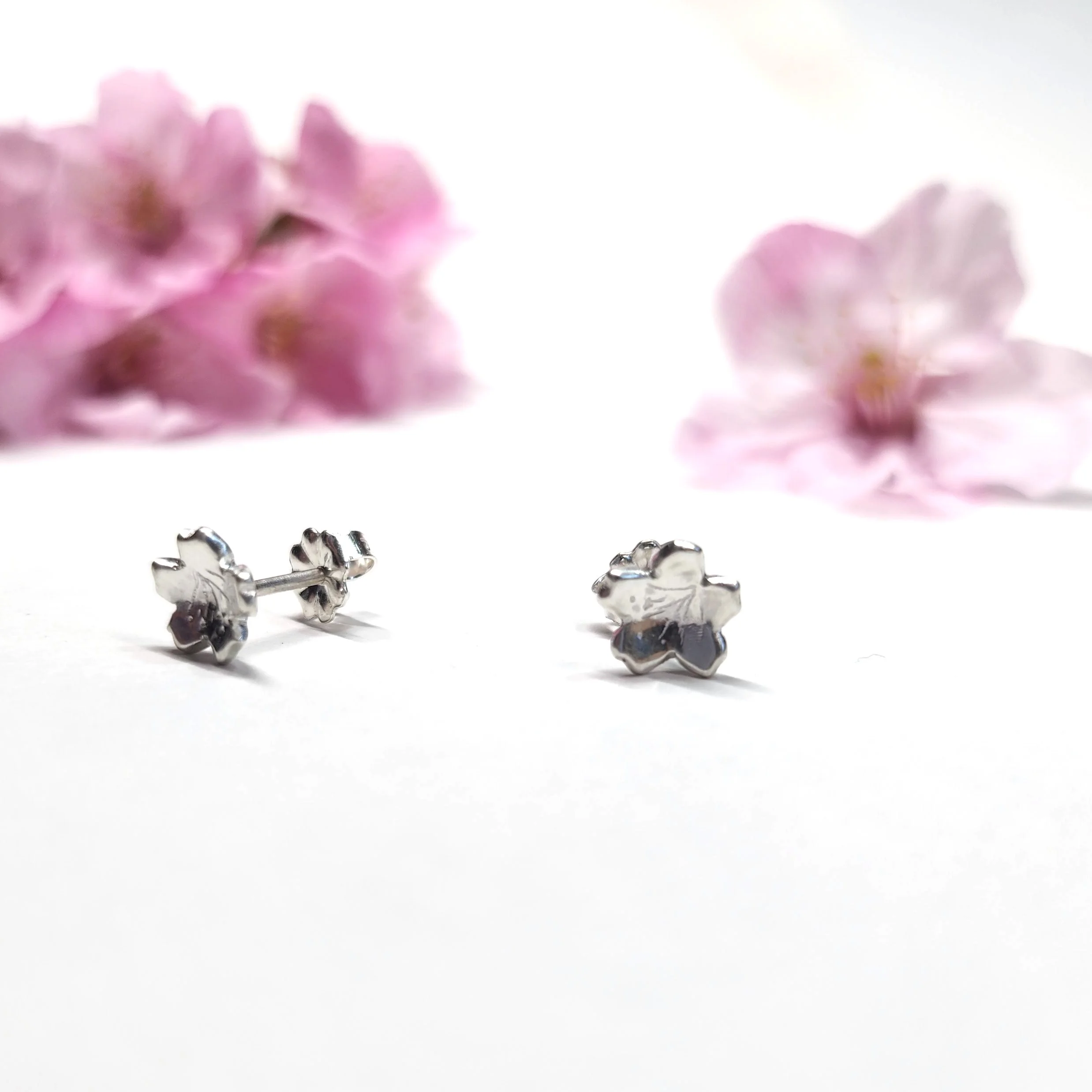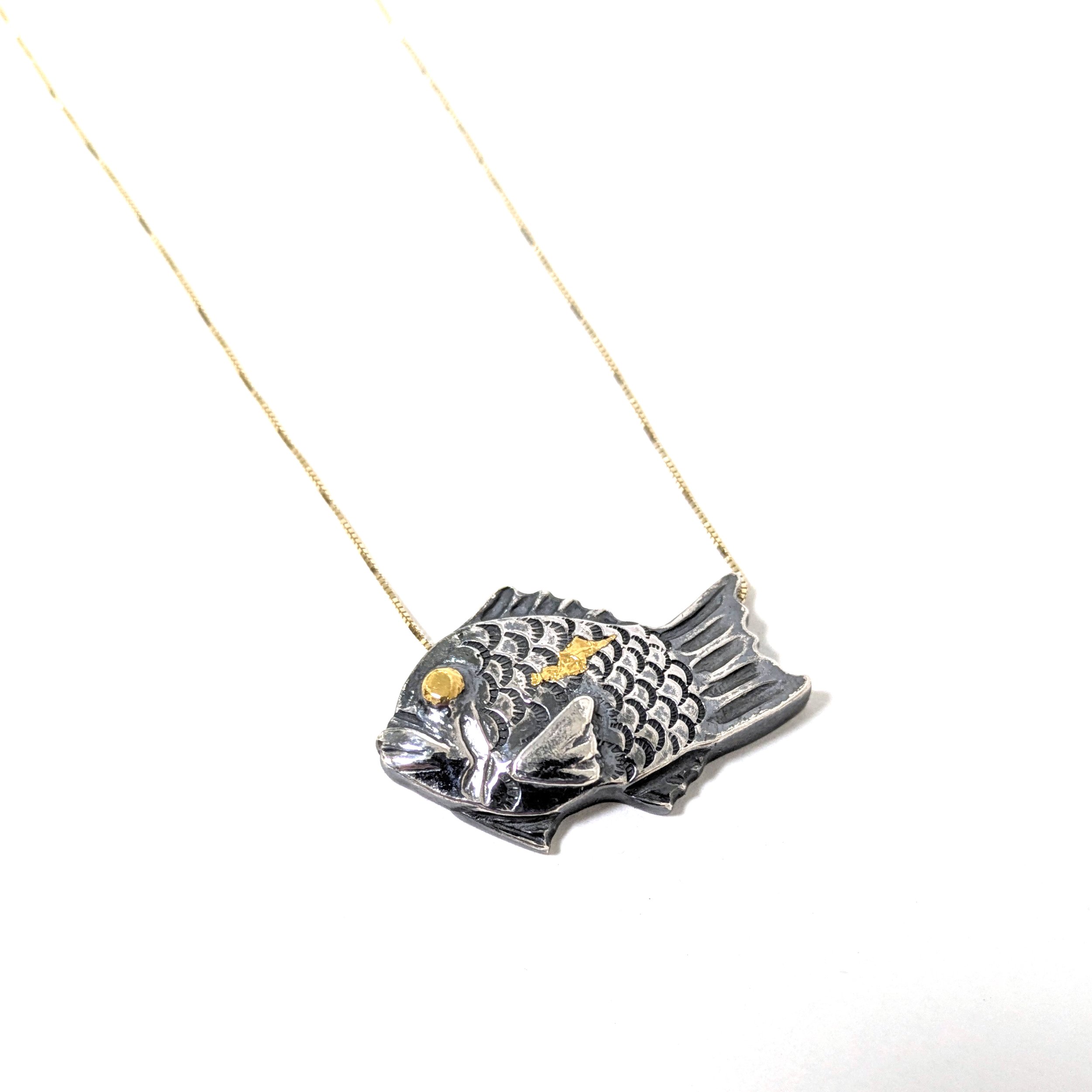Jewelry Lingo Part II: Metal Names and Numbers
Welcome to Part II of Jewelry Lingo. A significant part of making sustainable choices is having access to information to make informed decisions. In Part I, I broke down the difference between Fashion Jewelry, Fine Jewelry, and Bridge Jewelry. Here I am focusing on the specific metals themselves.
Most metals we use are alloys, a mixture of two or more metals. Alloys can combine the best properties. For instance, did you know gold and silver are rarely pure gold and silver because, in their purest form, these are very soft metals that could easily dent, bend, or break? Whether it is an alloy or a metal in its pure form, it is easy to divide metals into the two categories of base metals or precious metals.
Base Metals
More attainable and affordable, but also very reactive and prone to developing a patina quickly.
Common base metals include copper, nickel, or copper alloys like nickel silver, brass, and bronze. While copper has a deep reddish-orange hue, brass and bronze take on more “gold” hues.
Because base metals are very reactive, many people are sensitive or “allergic” to various base metals. If someone experiences redness or itchiness when particular metals are in contact with their skin, this is the result of an individuals ph level in their skin causing a reaction with that specific metal element.
To make jewelry at a low price point, many fashion jewelry pieces are build out of out of a base metal with a clear coating or plating.
Plating vs. Filled
Both of these techniques involve adding a fine metal over a base metal, but the cost and longevity can vary significantly between the two.
Plating is a very thin layer of metal applied to the surface. Common plating includes silver, gold, or rhodium. Electroplating utilizes an electric current to deposit metal ions onto the desired surface. It can offer the beauty of fine metal at a fraction of the cost compared to pieces made of solid gold or silver. Unfortunately, this is temporary and will wear away, requiring replating. If you wear a piece daily in the shower and other activities, the plating will most likely wear off within a year. I do use gold plating over silver or brass in designs like Sunrise Fuji or my Gold Ginkgo to highlight the gold, but any plating that wears away with regular wear can be dropped off for replating.
Gold-filled, or silver-filled, is a much higher ratio of gold or silver on the surface. When it comes to chains and ear wires, I always use a solid sterling silver, 14k gold, or 14/20 gold-filled chains and findings to prevent allergic reactions. This number means 20% of the chain, ear wire, or other jewelry part is 14k gold. Like plating, using gold-filled allows me to make jewelry more attainable. Yet, this gold will hold up much longer than gold plating, bridging the gap between fashion jewelry and fine jewelry.
Precious Metals
More valuable and less reactive, but also rarer and significantly more expensive, especially depending on the metal used and its purity.
Like base metals, there is a range of precious metals, including silver, gold, platinum, and rhodium, which is not an exhaustive list. As someone who works extensively with silver and with some gold, I will focus on the variety within these metals. Even between these two precious metals, the prices differ significantly, as gold prices continue to climb higher.
Silver
Sterling Silver and Fine Silver both have a clear purpose in jewelry making.
Most people are accustomed to reading or hearing “Sterling Silver.” But not everyone realizes sterling silver is an alloy. You may also be familiar with the mark 925, which defines sterling silver, a ratio of 925 parts silver out of 1000 parts, with copper making up the remaining 75 parts. The reason for this small ratio of copper is that it lends strength to the silver, making it more durable. When sterling silver is “work hardened” through hammering or other fabrication methods, it becomes quite tough and resilient. It will patina, or become darker, a little more quickly, which is why I always include a polishing cloth with my silver designs.
Fine Silver, aka 999, is the purest form of silver. It is a bit more valuable and will patina at a slower rate than sterling silver. Fine silver is also easier to manipulate in jewelry making, such as bezel setting over the edge of a stone or inlaying silver into another metal. However, fine silver is not ideal for many jewelry parts because it is so incredibly soft and could be easily damaged.
Gold
The karat defines the purity which impacts both the price and value as well as the durability and color.
Gold comes in a variety of karats, most commonly 24, 18, and 14, which are fractions of 24/24, 18/24, and 14/24. I utilize all three of these in my own work for various reasons. Like fine silver, 24k is at least 999 parts gold of 1000. I use this one in a technique called keum-boo, where I heat the silver jewelry and gold to fuse it on the surface. To fuse, a high-purity gold is required. I use 18k gold, which is 750 parts of 1000, for my gold plating, as it is slightly more durable than 24k gold when applied in this thin layer. The most durable and affordable of these three is 14k, 583 parts of 1000. When it comes to chains and ear wires, I use 14k gold or 14/20 gold-filled for these qualities. I had to look up why we measure gold in 24k ratios. What I found was that this measurement dates back to the Greeks and was used for coins dating back to Roman times.
This is not an exhaustive list of metals and their alloys, but perhaps the most relevant. Other little notes: “Coin silver” refers to a smaller ratio of about 800 silver, typically found in vintage silverware. While learning traditional Japanese metalsmithing techniques, I have also learned about and used other alloys, such as shakudo (赤銅) and shibuichi (黄銅).
Have questions or comments? Let me know!





